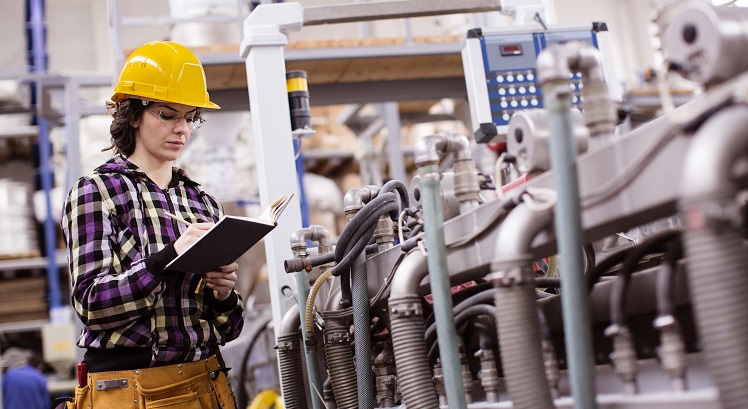Equipment Standardization Best Practices

During my years in manufacturing, I worked in numerous industries in a variety of plants, and I was always interested in the type of equipment each plant utilized. Some plants had one or two equipment brands, while others had many different brands of machinery. When I noticed just one or two, I asked why.
The answers I received varied, but it usually came down to: “The previous manager liked this brand over everything else,” “It came down to pricing, and buying multiple machines from one source gave us a better ROI,” or, my favorite, “I know the sales person from that distributor very well. He is a good guy.”
If there were multiple brands on the floor, the answers changed to: “I’m not sure—most of this equipment was here before I started,” “We buy whatever is least expensive,” or “Different managers favor different brands.”
So, which option makes the most sense for you?
Before you start looking for equipment, software, or tools, you should ask yourself some questions to help narrow down the results. You can then make the best decision regarding what to buy.
-
What do you need this equipment to do?
-
Is it for one job or task?
-
Does it have to be flexible or handle multiple tasks?
-
Develop equipment specifications and requirements
-
Do you already have in-house equipment that can do the same or similar tasks?
-
If yes, get performance data, maintenance records, and pros and cons from the people who work with the equipment
-
If no, reach out to previous colleagues who have experience with the equipment
-
Start research:
-
Contact industry associations
-
Reach out to equipment distributors
-
Attend trade shows (depending on timeline)
-
What is your budget?
-
What ROI is required?
-
When do you need the equipment?
-
Buy used or new?
Depending on your company’s process, you might have to ask additional questions about regulatory, legal, and other ramifications that can impact your decisions on equipment selection.
Once you have your answers, you can confidently shop for what you need. I recommend reaching out to multiple sources. I like to have at least three different sources of equipment to look at. I realize this is time consuming. However, it gives you a good idea of the pricing and features that are available from different manufacturers.
Once I have heard all the sales talk, I like to see the equipment in action. Ask your potential suppliers to get you in contact with a company that uses the equipment in their operation.
Now, back to the question—is standardized equipment or a variety of brands better on the shop floor?
Here are the pros and cons:
The key advantage of standardization is that you can move employees from one piece of equipment to the next with little or no training. In addition, your maintenance procedures and spare parts inventory costs are greatly reduced.
The key disadvantages are that if you and your equipment supplier part ways or he or she goes out of business, you have all your eggs in one basket, and if disaster hits your supplier’s factory, you might not be able to get the parts you need.
As with most things, there are pros and cons on both sides of the coin. My personal choice is to lean toward standardized equipment. My thought behind that is that standardization of equipment is in line with standard work lean practices. Standardization is easier to manage and drives consistency.
An insurance company that cares about you and insuring the things you wish to be insured.
Get a Quote> Find an Agent>

